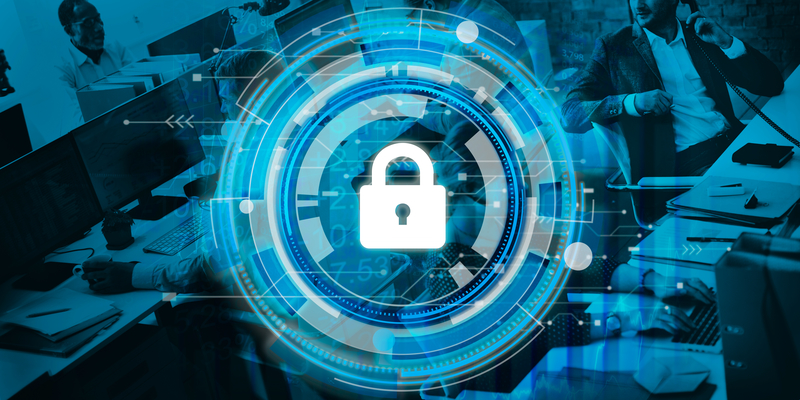In today’s technology driven world, security is crucial to your survival and success as a company. To keep your company’s data secure, you need a great plan and the right tools. Otherwise, you could be susceptible to costly mistakes that could be difficult or impossible to recover from. Familiarize yourself with these four commonly overlooked security risks, and how you can address them:
Network Traffic
Computers, routers, phones, and servers send your sensitive data in “packets” across a digital network. Each device has a unique identifier, which the network uses to determine if the device has the required access to send or receive the data. On a vulnerable network, hackers can inject packets into the flow of traffic to mimic an authorized device, and gain the ability to monitor and steal your data. Analyzing and monitoring your network devices and traffic, using hardware and software firewalls, and updating operating system software are all effective solutions to combat unauthorized access to your network and data. If you don’t have monitoring tools set up to view malicious patterns in your network traffic, you are leaving yourself vulnerable to hackers.
Emails could be one of the most overlooked security risks to your business…often due to a practice called phishing. Phishing is “the attempt to obtain sensitive information such as usernames, passwords, and credit card details (and money), often for malicious reasons, by disguising as a trustworthy entity in an electronic communication.” Hackers pretend to be, for example, a bank president or executive of your company. They send an email to someone in your office and encourage them to click on a link. After this, malicious code is injected that could potentially infect the device and your network. The best way to prevent successful phishing attempts is with proper training so employees can identify suspicious links and avoid them completely.
Network Printing
In your office, there is a core network that controls how devices are connected to each other and the internet. Even printing in today’s world happens over wifi. This means it ultimately connects to a server, as explained with other devices above. Secure printing involves making sure that the security layers around your printer connections are more robust. This helps you fend off cyber attacks and keep your printing data and signals safe.
Your Employees
Your employees are the key to your business, but one bad apple could be very costly. Most people are good, and have good intentions, but if you don’t perform the proper due diligence prior to completing the hiring process you could end up with a huge gap in your security. We aren’t necessarily talking about theft of property, you could end up with an industrial spy whose goal is to walk out with your private data. Implementing smart HR and hiring processes can weed out those who might not have your best interests in mind.
You simply can’t afford to ignore the security risks that face your business today. They come in all shapes and sizes, but all have one thing in common: they can destroy your hold on proprietary information, your profits, and your reputable digital presence. So review the four security risks above and implement steps to prevent and fix them now, rather than later.
Resources:
http://www.mydigitalshield.com/5-tools-business-network-security/
https://www.smallbizdaily.com/secure-business-emails/
https://www.printerlogic.com/secure-printing-information/
http://www.jobdig.com/articles/2394/10_Reasons_to_Run_a_Pre-Employment_Background_Check.html
